
Is there a need for more sustainable connectors?
August 2021
By Chris Taylor - Senior Consultant at 42 Technology
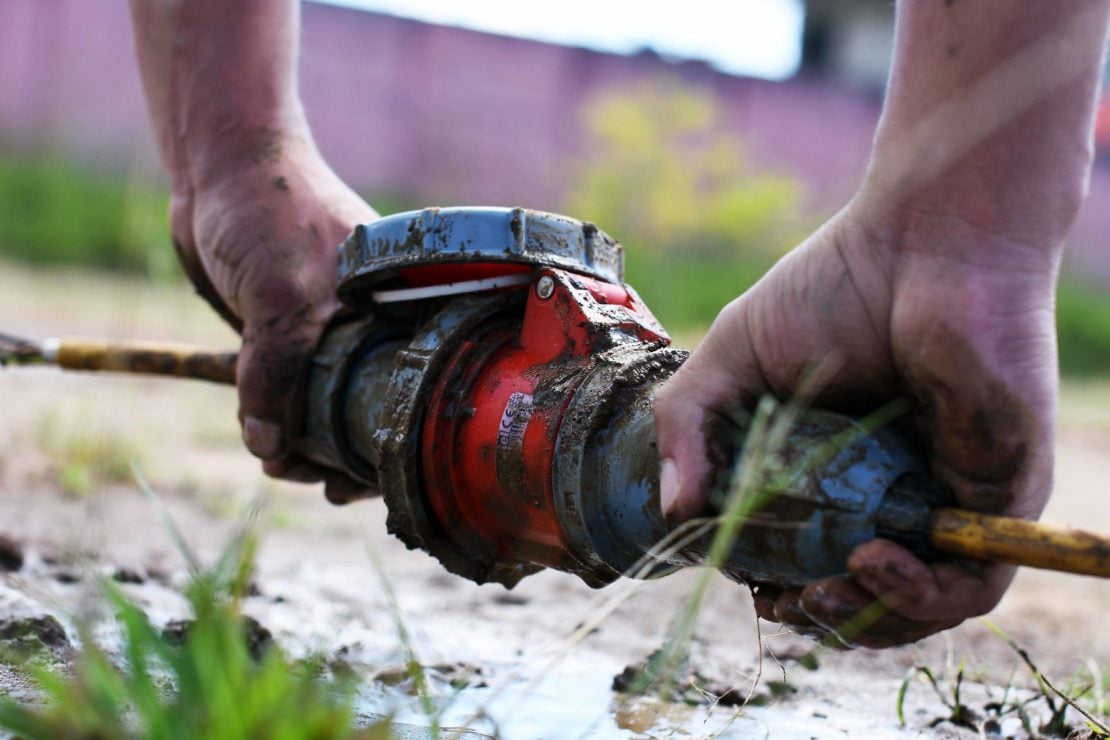
Connectors are innocuous items that often engineers and the public spare little thought for, as they exist to serve a simple function. However, there is quite a lot involved in the design and development of these items. I could go into all sorts of detail here, that you will say “how is this relevant to the title of this piece?” Well let’s start with some simple but necessary information.
The desire to become sustainable goes well beyond reduced wastage, turning off idle equipment and recycling. Becoming more sustainable offers increased efficiency, product sales, and market share, enhanced brand value and improved employee satisfaction. Many big corporations now expect sustainability to be a core aspect of materials and products in their supply chains, and rightly so. At 42 Technology, we have worked with companies to look at the entire product lifecycle from raw material selection and manufacture techniques to the end of a product’s useful life.
E-waste (electronic waste) is a major global problem. Approximately 71kt of plastic containing BFR (Brominated Flame Retardants) from unaccounted for e-waste was generated in 20191. BFRs are used in appliances to reduce the product’s flammability, appearing, for example, in outer casings of products, printed wiring boards, connectors, relays, wires, and cables2.
The problem - highs and lows
Typically, this industry divides pretty cleanly into 'high-volume, low-value' and 'low-volume, high-value' items. With most of the high-volume, low-value end being made up of predominantly plastic housings and copper pins or terminals. While certain parts could be separated to facilitate recycling, areas such as the termination to the wires and the insulative holders or carriers for the terminals are often extremely difficult to separate. As a result, typically the entire connector and a length of wire is simply cut off and discarded. Considering the volume of these items sold and used annually is this environmentally and economically good practice?
Conversely, on the low-volume, high-value end of the market, environmental conditions often necessitate the need for materials and processes that do not lend themselves to recovery / separation at the end of the life of the device. In some instances legislation is already in place to control the termination materials, volumes permissible and the environmental barriers! Not to mention the level of supporting accessories and throw away items required as part of the on-site termination process (process by which the connectors are physically assembled to the cables).
Generally, a connector designer’s primary focus is on delivering a product that is fit for purpose with respect to the final install environment i.e., underground, below sea level, in the arctic etc. Along with ensuring it carries the necessary amount of power or data and can survive the lifetime expected by the end user or system level designer. Arguably this industry has been confined to a rather small palette of materials over the years. Is it time for a fresh look at the connector industry and the design / termination practices with an eye to sustainability and recovery of materials or parts? Should we as engineers and designers be thinking beyond simply solving the connector’s ability to carry the necessary power and data and withstand environmental installation conditions?
The Situation
Materials science is continually moving forwards and design should move forwards and embrace the new possibilities afforded by new developments. Specifically, there have been considerable developments in the area of Carbon Neutral Plastics, which could be an avenue. Obviously, there is a great deal of work that goes into testing different materials in labs around the globe, however connector manufacturers need to perform specific types of testing to ascertain if the material is viable for their specific applications, ahead of moving forwards with the material into design.
The Challenge
With the above in mind is it time to start to think about components within the system or product such as connectors, when thinking about sustainable design? The answer is surely yes. Inevitably there will come a time when industries will be mandated to produce products that fulfil a threshold of recyclability, as such this will flow down to connectors, printed circuit boards, components etc. So, we as designers and engineers need to start to think beyond our usual material palette and do the necessary research and testing to validate suitability for use in designs.
Further to this, it is not necessarily just about material choices, but construction and connector / device termination. To facilitate the separation of component parts for re-use or recycle. For example, with the low volume – high value end of the market, these are typically deployed in extremely hostile environments where a switch of materials may not be a suitable answer due to compromises in ability to last the ~25-year life, or extreme temperatures, pressures etc.
However, this does not prohibit the altered approach to designs that allow simple separation of components into their constituent parts at the end of their useful life, such that items can be re-furbished, re-used and recycled. An example of this might be items from sectors such as offshore oil and gas which could be refurbished and re-used in offshore wind, or similar. Where typically environmental extremes are not as severe, and the price point is required to be lower.
The Opportunity
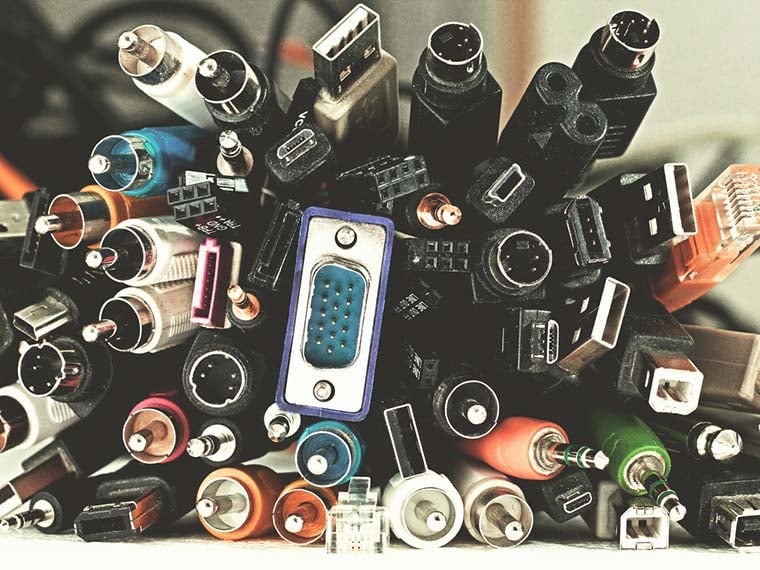
When considering the high volume – low value market, we should be going steps further than considering separation of constituent parts, and utilising newly developed materials, and regarding the items less as throw away consumables.
There have been many advances in materials and recycling. And where the complete switch from a material is unavoidable in both ends of the connector development sector, then suitably sourced recycled equivalents should be considered. For example, consider the same standard plastics for casings and bodies, but using carbon neutral equivalents. There are extremely good ABS equivalent biomaterials, and bioplastics such as PLA, that can be processed using normal injection moulding methods. As well as unsaturated polyester resins, where one of the key components is recycled PET (Polyethylene terephthalate).
Ultimately connector companies, and their designers and engineers, need to be prepared to embark on R&D to search and test these newly developed materials to determine if they are fit for purpose as acceptable replacements. Instead of staying with their tried and tested pallets of materials, due to the lack of supporting performance data for their particular use case.
42 Technology can support connector designers and manufacturers, to improve the sustainability of connectors across industry. We have a track record in designing power and data distribution devices and sensors, and experience in designing with sustainability in mind through innovative approaches to materials science and testing.
1https://www.itu.int/en/ITU-D/Environment/Documents/Toolbox/GEM_2020_def.pdf
2McPherson, Thorpe, and Blake 2004 & Herat 2008

If you would like to find out more, please contact Chris:
answers@42T.com | +44 (0)1480 302700 | www.linkedin.com/in/taylorsengineeringdesign
Chris is team-centred, thorough and articulate. He has designed and delivered products for a variety of industries over the last 16 years. His experience is spread across a variety of sectors, including energy, consumer products, IoT and medical.
Chris has significant experience in electrostatic, thermal and structural analysis, from 8 years in the electrical power and data distribution industry for the energy sector. Specifically designing and testing connectors for the offshore subsea oil and gas industry. Latterly working in the consumer end of the industrial connector industry where connectors are sold through distribution. He has an interest in sensor technology, and robotics and their application within the unmanned vehicle field.
Chris has an undergraduate degree in Aerospace Manufacture and Engineering, a Master’s in mechanical engineering and achieved chartered status with The Institute of Mechanical Engineering in 2011.
Share this article:
Related Articles
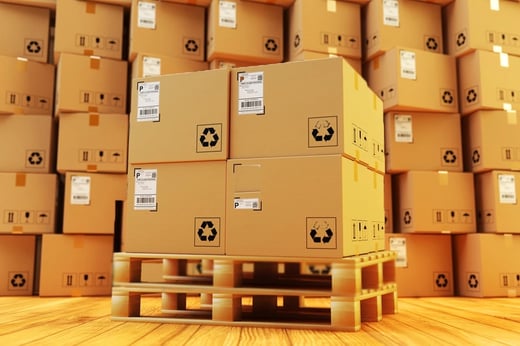
Sustainability, Industrial
EU packaging waste regulations are a significant opportunity
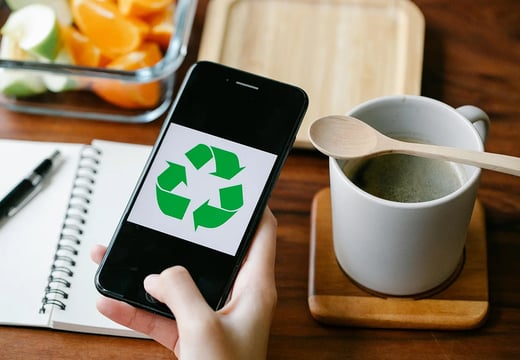
Sustainability, Product Design
The Eco-design Directive for sustainable products - are product owners ready?
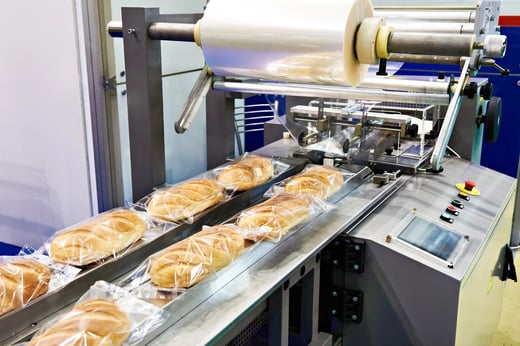
Consumer, Sustainability
Supporting the transition to sustainable packaging materials and heat sealing challenges

What will you ask us today?
We believe in asking the right questions to drive innovation; when we know the right questions, we generate the ideas to answer them.

